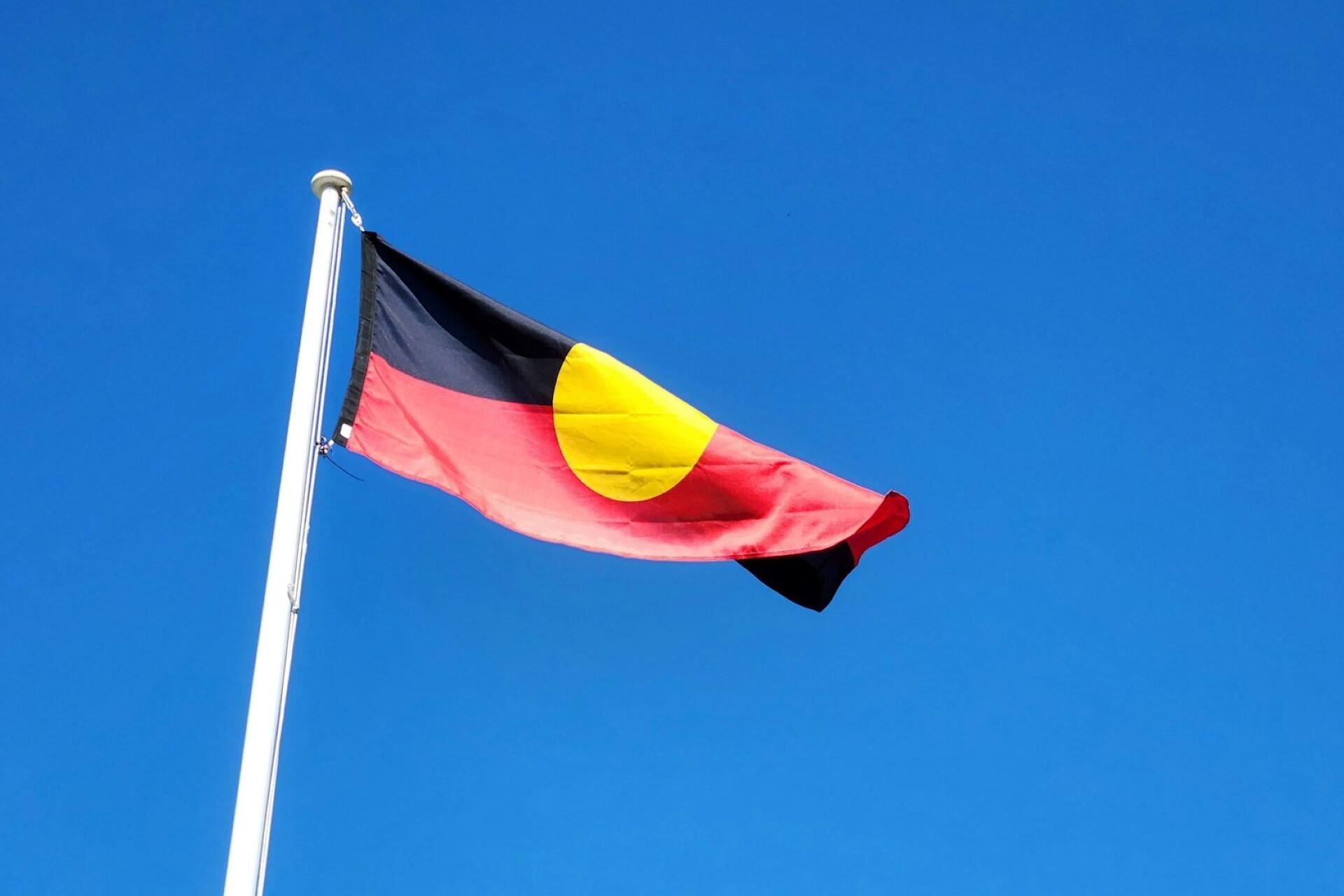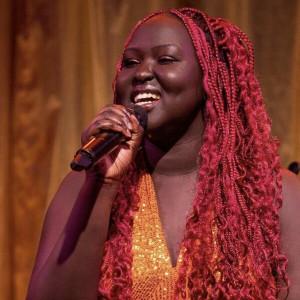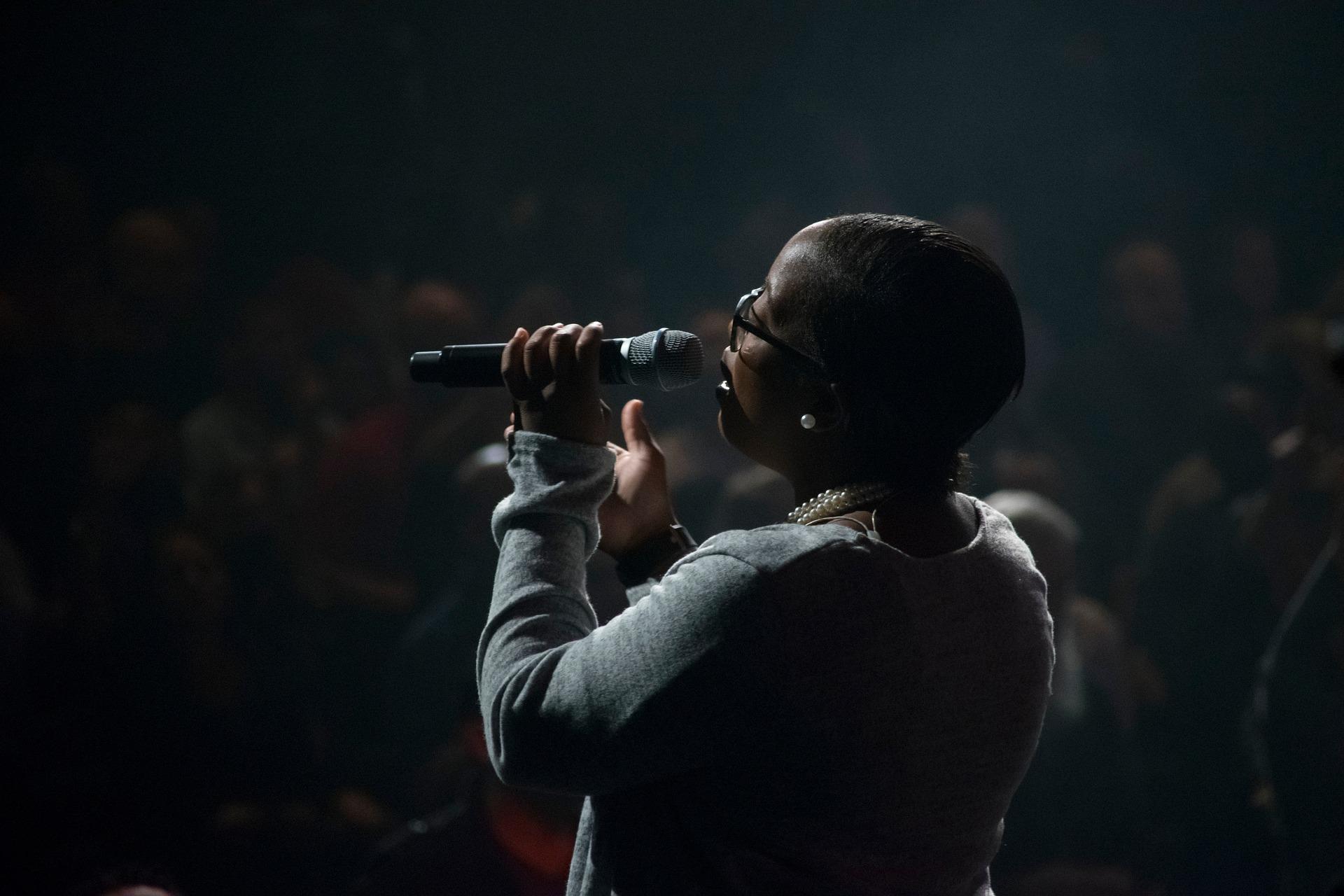The ARIA Awards are Australia's biggest and most significant celebrations of music and creative achievement. The ceremony brings together artists, producers, songwriters, and fans. The ARIA Awards were established in 1987 by the Australian Recording Industry Association (ARIA) to recognise outstanding achievements in the Australian music industry.

The Origins and Evolution of the ARIA Awards
The ARIA Awards came about around the same time that Australian music was beginning to gain international momentum. They helped provide a dedicated space to recognise Australian talent. From their early years, they have changed a lot to become the awards they are today.
Inception and Early Years
The ARIA Awards were held for the very first time in 1987. At the time, Australian music was gaining rapid international attention, and Sir Elton John hosted the inaugural ceremony. Artists like INXS, John Farnham, and Crowded House helped shape the tone and ambition of the awards in their early years.

However, the ARIAs weren't initially televised and were primarily attended by industry members. After all, the initial focus was on peer recognition, celebrating musicians who contributed meaningfully to the growth of Australian music.
Milestones and Changes Over Time
The ARIAs evolved with the Australian music landscape. In 2010, for example, public voting was introduced for select categories. Fans could have a more direct say in which artists and songs were recognised. New award categories were added over time to reflect emerging genres, cultural movements, and new approaches to music production.
Fun Facts About The Arias

Public voting introduced in 2010 transformed the ARIAs from an insider event into a shared national cultural moment. Fans now directly influence winners in popular categories, increasing engagement and making the ceremony feel more representative of listener communities. This shift reflects the democratisation of music through streaming and social media.
Structure and Categories of the ARIA Awards
The ARIA award has a range of both competitive and honorary categories. These are a great way to recognise the diversity of Australia's musical output from chart-topping pop releases to genre-expanding experimental work, community-rooted talent, and emerging voices.
Major Award Categories
The main ARIA Award categories centre around artistic achievement and impact. There are understandably different categories for artist types and genres. The categories capture both prestige and popular appeal, balancing industry and audience recognition. Here are the most popular categories:
Specialty Awards and the ARIA Hall of Fame
In addition to the headline categories, the ARIA Awards honour artists who shape the identity and longevity of Australian music. These categories aren't necessarily the ones that generate headlines, but they do include some of the biggest and most influential artists. Here are just a few of them:
The ARIA Hall of Fame recognises artists whose influence extends far beyond commercial success. Induction performances are often emotional highlights of the ceremony, bringing together multiple generations of musicians to honour an artist’s legacy. These moments help preserve Australia’s musical heritage and connect contemporary listeners to the artists who paved the way.
Cultural Significance and Impact on Australian Music
The ARIA Awards aren't just about celebrating commercial success; they're part of Australia's cultural identity and artistic evolution. They spotlight local talent, recognise innovative projects, and elevate Australia's diverse voices. Thus, the ARIAs can shape the direction of Australian music for years to come.
Promoting Australian Talent
The ARIAs can raise the profiles of Australian musicians. This can help them move from national recognition to the global stage. Artists like Gotye, Sia, Courtney Barnett, the Kid LAROI, Tame Impala, and Flume all gained international visibility following ARIA wins and performances. Nominations nowadays can help with:
Many Australian artists see a noticeable rise in streams, radio rotation, and global recognition following an ARIA nomination or win. These awards often signal to international labels, festival bookers, and media that an artist is gaining momentum. The ARIAs can be a launchpad, particularly for emerging and independent musicians building their first primary audience.
Memorable Performances and Historic Moments
The ARIAs have produced many memorable moments, from performances to speeches. These kinds of moments are about more than just the performance; they become part of Australian cultural memory. Here are just a few of the most memorable:

The ARIA Awards in the Modern Era
The ARIAs have evolved in recent years to respond to a shift in music. This is due to streaming, social media, and how the modern music industry functions. You can see these changes in the ceremony and the artists who take to the stage.
Recent Ceremonies and Notable Winners
When you watch the ARIA Awards, you'll see how they've evolved over time. In recent years, new listening habits, global music trends, and shifts in how audiences engage with artists have changed the awards. With streaming platforms and social media, the ARIAs have increasingly highlighted artists who connect across both digital and live music spaces.
Recently, ceremonies have featured rising artists and established icons. Independent musicians, First Nations artists, and genre-blending acts have taken to the stage to demonstrate the depth and diversity of Australia's music talent. Recent trends include:
Future Directions and Innovations
The music industry continues to shift, and the ARIA Awards are likely to continue evolving. Format and focus are likely to change, but they'll continue to celebrate Australia's best music. Areas of focus include:
A Brief History of the ARIA Awards
1987
First ARIA Awards Ceremony
Hosted by Sir Elton John, marking the ARIAs as a significant cultural event from the beginning.
1988
ARIA Hall of Fame Introduced
Established to honour artists whose work has had a lasting impact on Australian music and identity.
1990s
International Breakthrough Era
Acts like Silverchair, INXS, and Midnight Oil gain global success while driving some of the most memorable ARIA performances and wins.
2010
Public Voting Opens
Select categories become audience-voted, giving fans a direct voice in award outcomes.
2020s
Streaming and Digital Expansion
The ARIAs increase online streaming, YouTube highlight releases, and international accessibility, reflecting global music consumption trends.
























